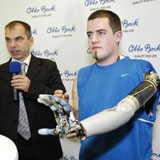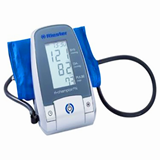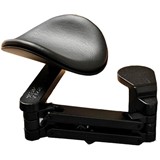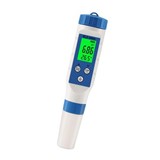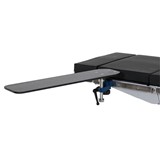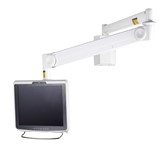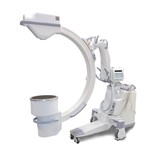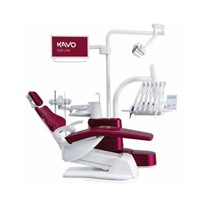To once again drink on one's own from a glass, or to eat or even to just open a door - For people who had an arm amputated, these were just fantasies until recently.
Thanks to the newest arm prosthesis it's now possible for physically handicapped persons to again independently master the simplest daily activities.
Researches from Vienna have developed an arm prosthesis that can be controlled by the mind. This intelligent prosthesis can be selectively activated by any nerve that was originally responsible for the movement of the arm. It gives the wearer seven active joints and makes many more actions possible. The joints can be simultaneously activated. The rethinking that was required for using conventional prosthesis is no longer necessary. The patient intuitively controls the movements, which are directly executed by the prosthesis.
An operation is required to relocate the nerves. This selective nerve transfer enables the signals that were originally responsible for controlling the arm to be used to control the prosthesis. Electrodes that conduct the control signals are incorporated into the shaft of the prosthesis. An electronic analytic process within the prosthesis translates the received signals and recognizes the desired movement. maxon drives enable precise hand and finger movement in the newest prosthetic development from Otto Bock.
Here a variety of maxon EC-powermax motors comes into play. They drive two finger end joints, the knuckle (metacarpophalangeal) joint and the thumb base joint. The low energy consumption and the light weight of the brushless DC motors play an important role in giving the wearer of the prosthesis a full range of motion.


